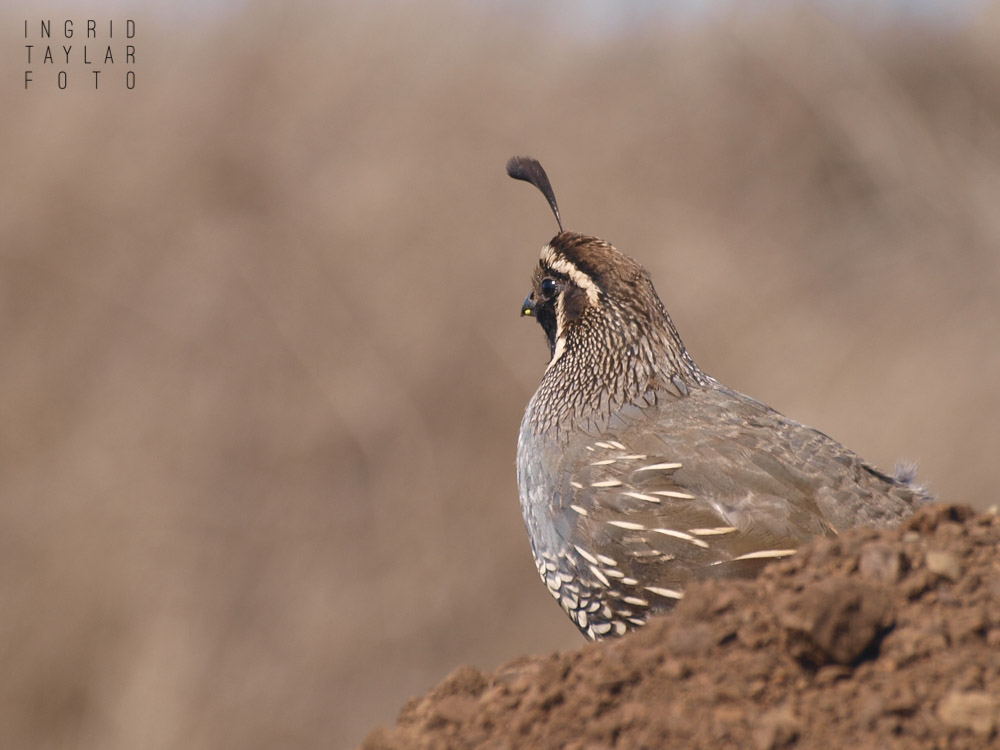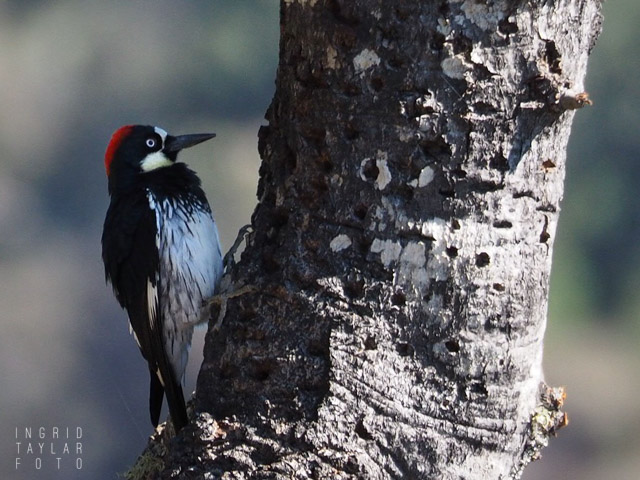I helped a fellow volunteer with a class presentation this month — on the topic of birding by ear. I was asked to help, not because I can, in fact, identify birds by ear. But because I’m reasonably adept at editing sound files and attaching them to Powerpoint slides.
I can’t post any of my friend’s audio files without violating copyright, but I can definitely recommend a few sources for bird songs if you’re interested:
- For locals, Bird Songs of California by Geoffrey A. Keller
- And for a field guide and DVD of sounds in one, Smithsonian Field Guide to the Birds
You can also hear audio clips at All About Birds the website for the Cornell Lab of Ornithology. whatbird.com has sound files, and Learn Bird Songs has some resources.
For anyone starting out, distinguishing between the song of an American Goldfinch or a Lesser Goldfinch (to name just two) without a visual reference, by audio alone, can be near impossible.
Tonight’s class was helpful in that the instructor offered a variety of mnemonics to help recall the cadence and nuance of each bird call — such as remembering “kleeer” for one of the Northern Flicker’s calls or chicago, the easy-to-identify call of the California Quail.

Or jacob, jacob for the distinctive cry of the Acorn Woodpecker.

This web page has mnemonics for various bird calls but, of course, you’re free to use whatever memory tricks inspire that precise recollection. Some you just know — like the characteristic high-pitched trill I heard the other day from our returning Waxwings.
One of the more interesting facets of the class was how birds learn their song, some of which comes by way of an innate template, and part of which is learned from the adults around them. Tests have shown that birds born deaf do not learn their songs and will therefore not mate – since song is an integral part of the bird’s social interaction. Different species learn their songs at different ages. And the young of one species will learn the song of another species if exposed only to those adult songs.

Leave A Comment